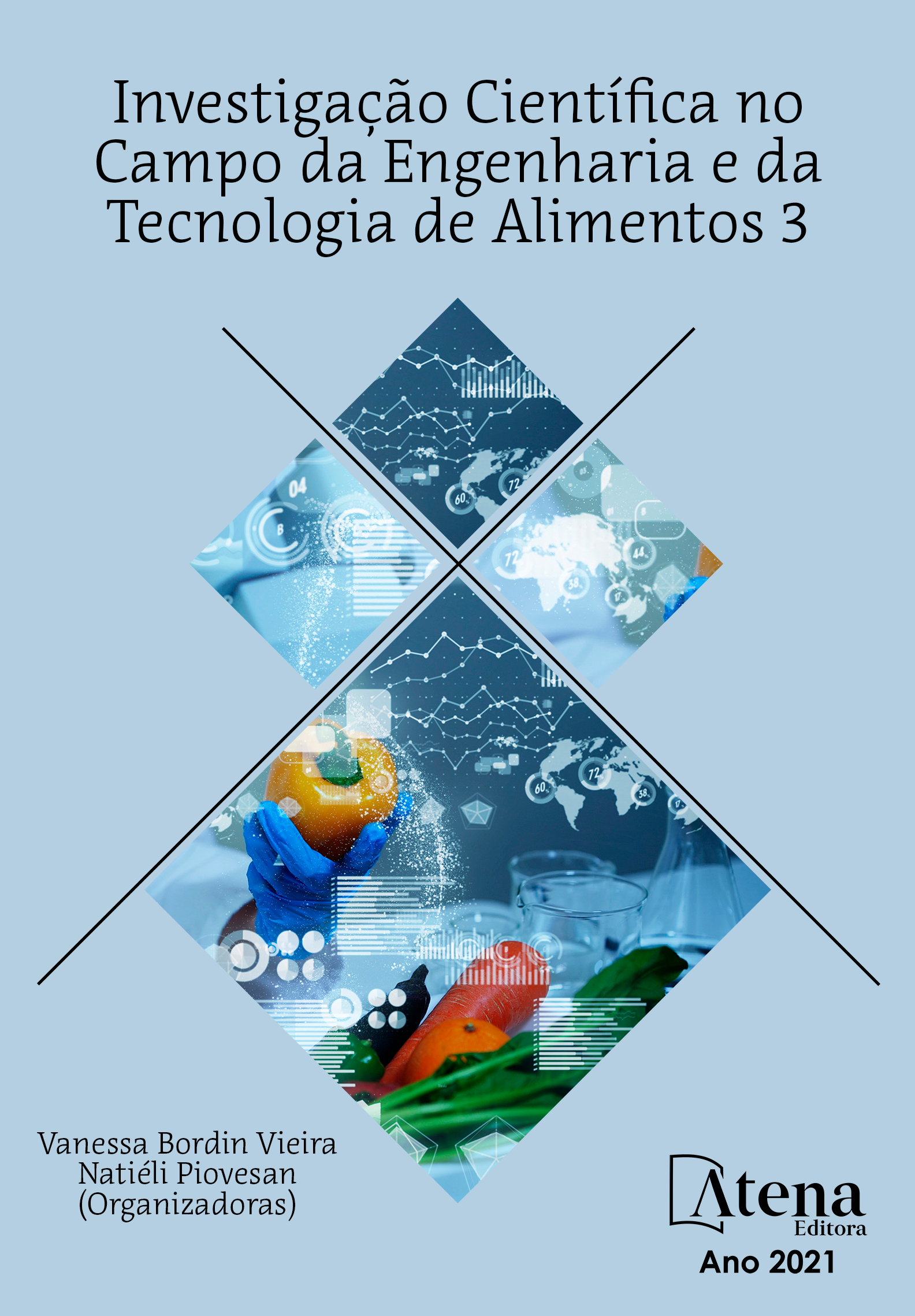
COMPARAÇÃO DA COMPOSIÇÃO FÍSICO-QUÍMICA DE PASTAS COMERCIAIS CONTENDO MATÉRIAS-PRIMAS OLEAGINOSAS COM AS INFORMAÇÕES DA ROTULAGEM NUTRICIONAL
Considerando a recomendação da Organização Mundial da Saúde (OMS) para o consumo de alimentos contendo gorduras insaturadas, inclusive durante a pandemia de COVID-19, bem como os esforços das agências governamentais brasileiras quanto à melhor qualidade nutricional de alimentos processados, é desejável a determinação da composição físico-química de produtos contendo oleaginosas. Estes dados permitem a avaliação das informações da rotulagem nutricional. Neste trabalho, a composição proximal, previamente obtida, de três pastas comerciais contendo noz pecã ou castanha-do-brasil, foi comparada com as informações das tabelas nutricionais do rótulo. A composição determinada por análise apresentou valores diferentes daqueles declarados na rotulagem nutricional. As pastas analisadas se enquadram nas recomendações nacionais e internacionais para a oferta de alimentos nutritivos. Este estudo demonstra a importância dos produtores em garantir a confiabilidade das informações disponibilizadas na rotulagem nutricional, garantindo a autonomia do consumidor quanto à escolha de produtos adequados às suas necessidades, inclusive em dietas restritivas.
COMPARAÇÃO DA COMPOSIÇÃO FÍSICO-QUÍMICA DE PASTAS COMERCIAIS CONTENDO MATÉRIAS-PRIMAS OLEAGINOSAS COM AS INFORMAÇÕES DA ROTULAGEM NUTRICIONAL
-
DOI: 10.22533/at.ed.8862105217
-
Palavras-chave: Nozes, castanhas e derivados. Pasta vegetal. Rotulagem nutricional. COVID-19.
-
Keywords: Nuts and nuts products. Vegetable spread. Nutritional label. COVID-19.
-
Abstract:
Considering the World Health Organization (WHO) recommendations for the consumption of foods containing unsaturated fats, including during the pandemic period of COVID-19, and, also, the efforts of the Brazilian government agencies to improve the nutritional quality of processed foods, it is desirable to determine the physicochemical composition of nuts products. These data allow the assessment of the information on the nutritional label. In this study, the proximate composition of three commercial spreads containing pecan or Brazil nut was compared with the nutritional information on their label. The composition determined by the physicochemical analysis showed different values than those declared on the nutritional label. The spreads fit in the national and international recommendations for offering nutritional foods. This study highlights the importance of the industry in ensuring the reliability of the nutritional information available on labels, allowing consumers autonomy for choosing suitable products according to their needs, including for restrictive diets.
-
Número de páginas: 14
- Cecilia Cassimiro Pereira
- Milena de Oliveira Dutra
- Maria Luiza Tonetto Silva
- Gustavo Puppi Simão
- Samuel Milanez
- MARIA MANUELA CAMINO FELTES


